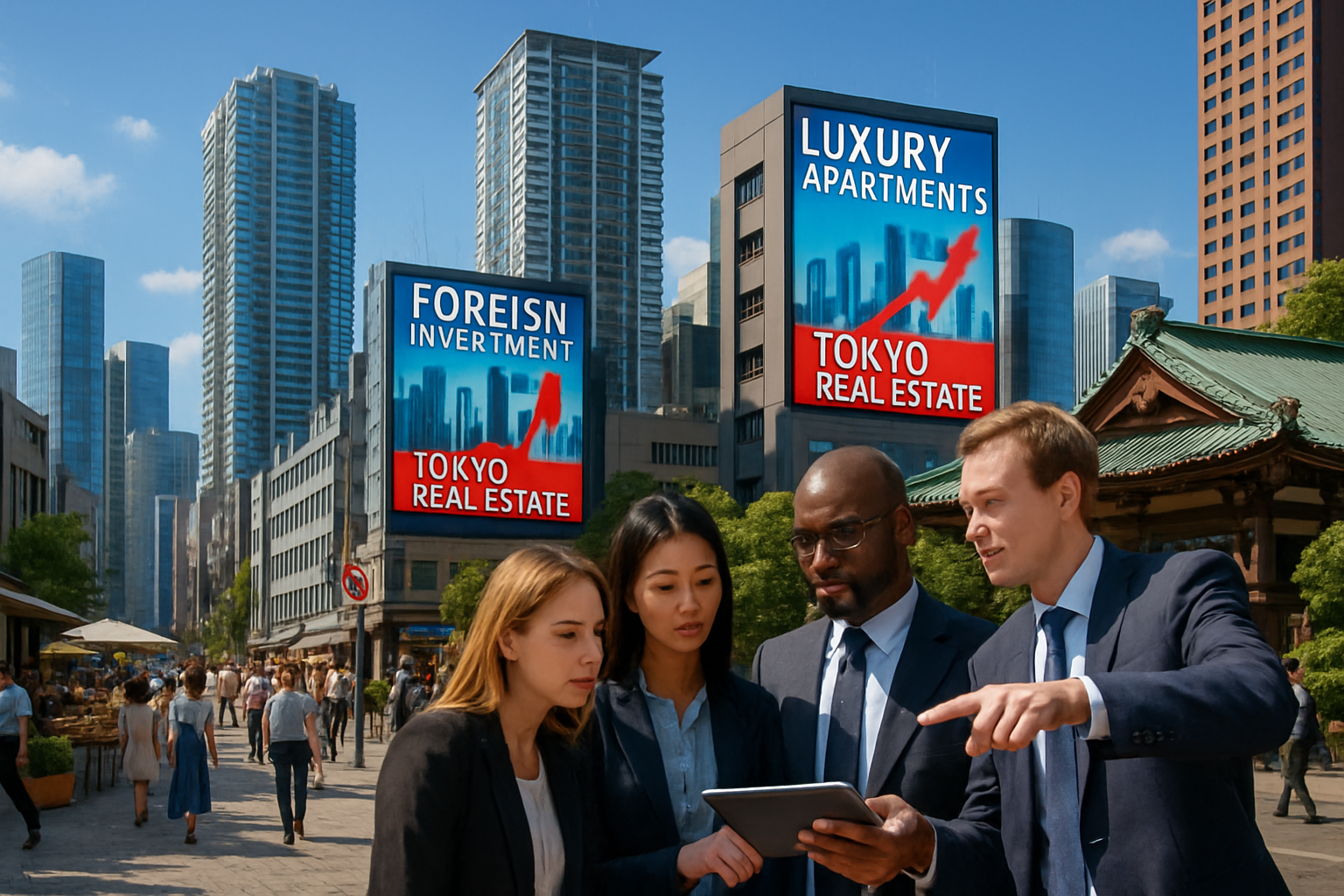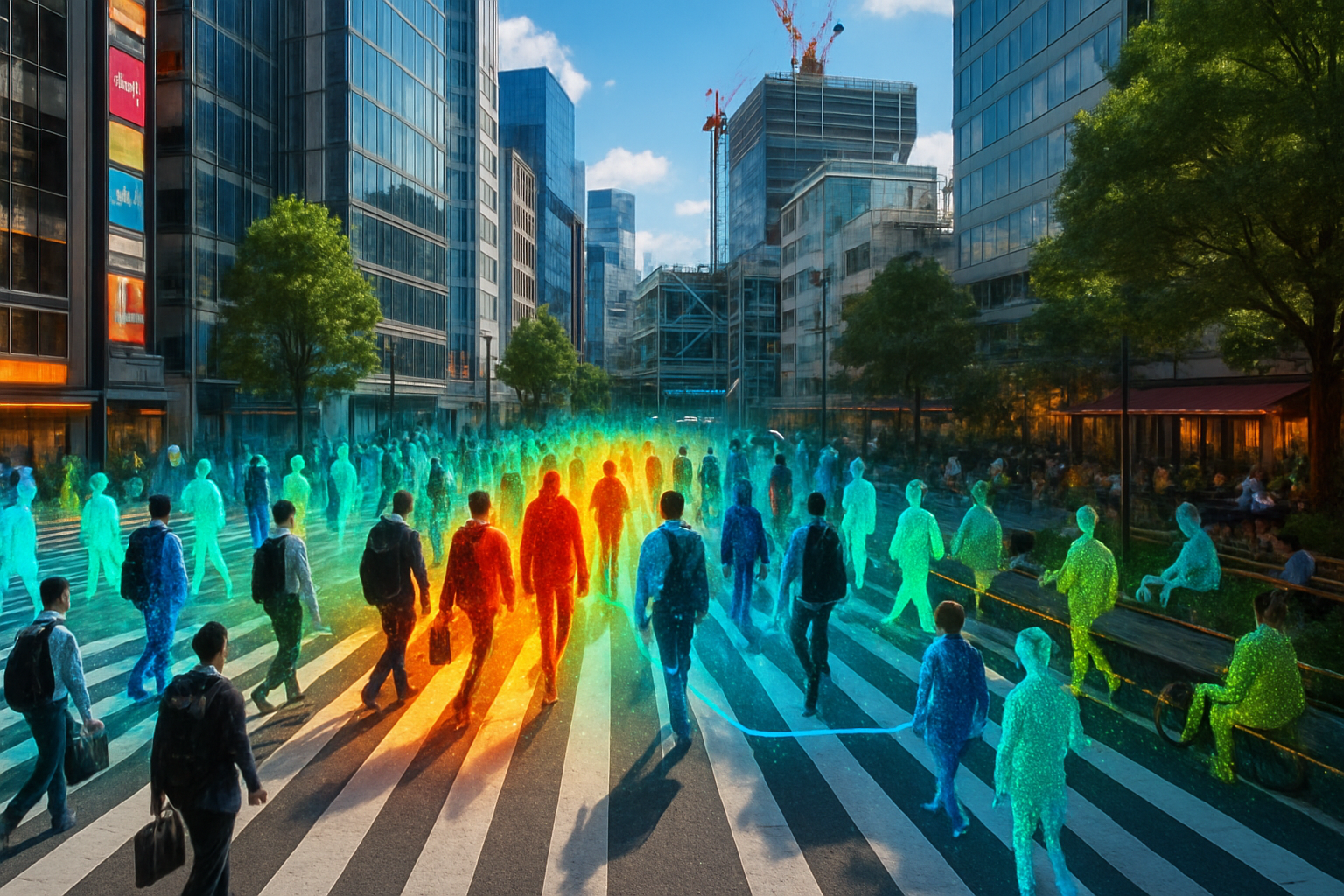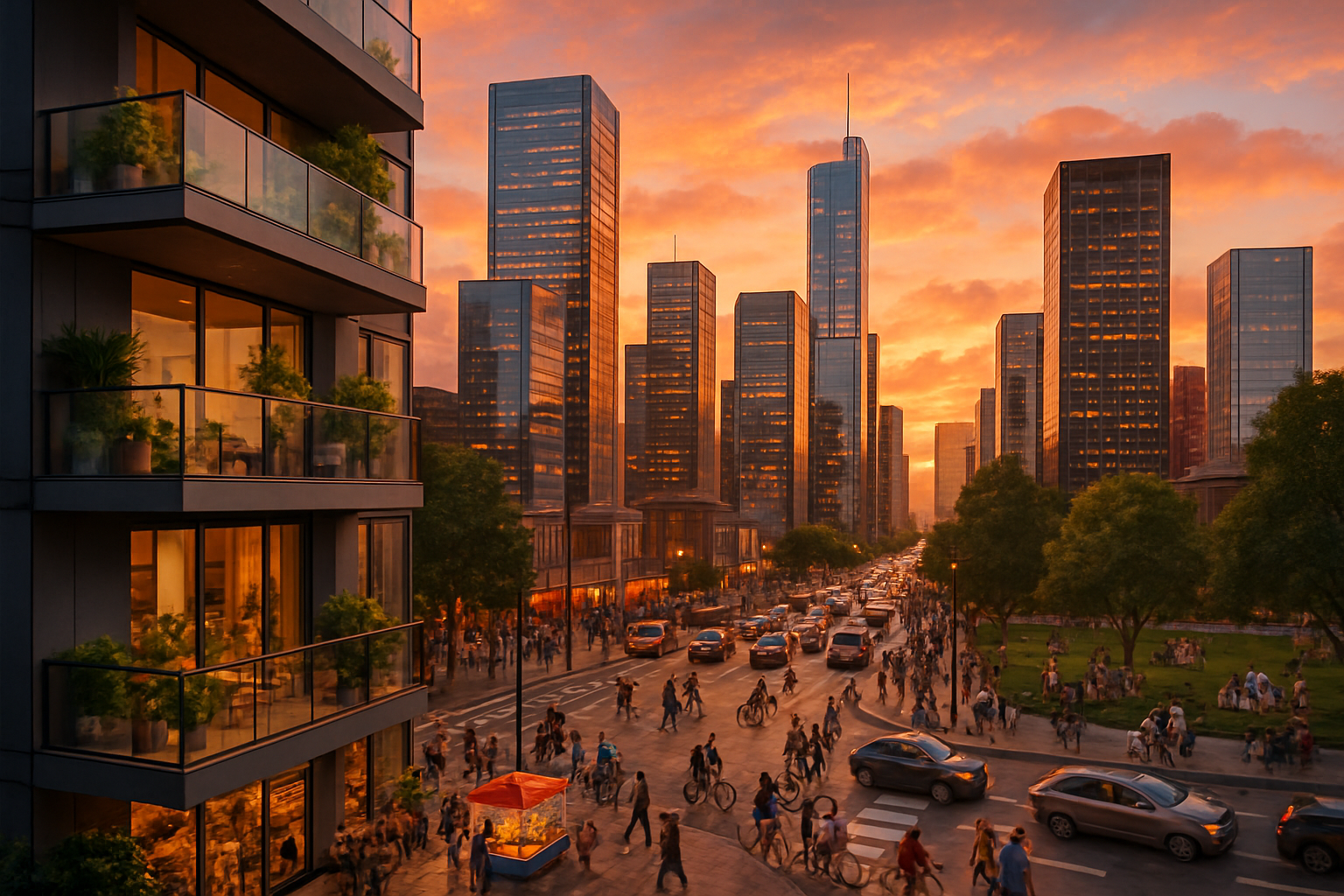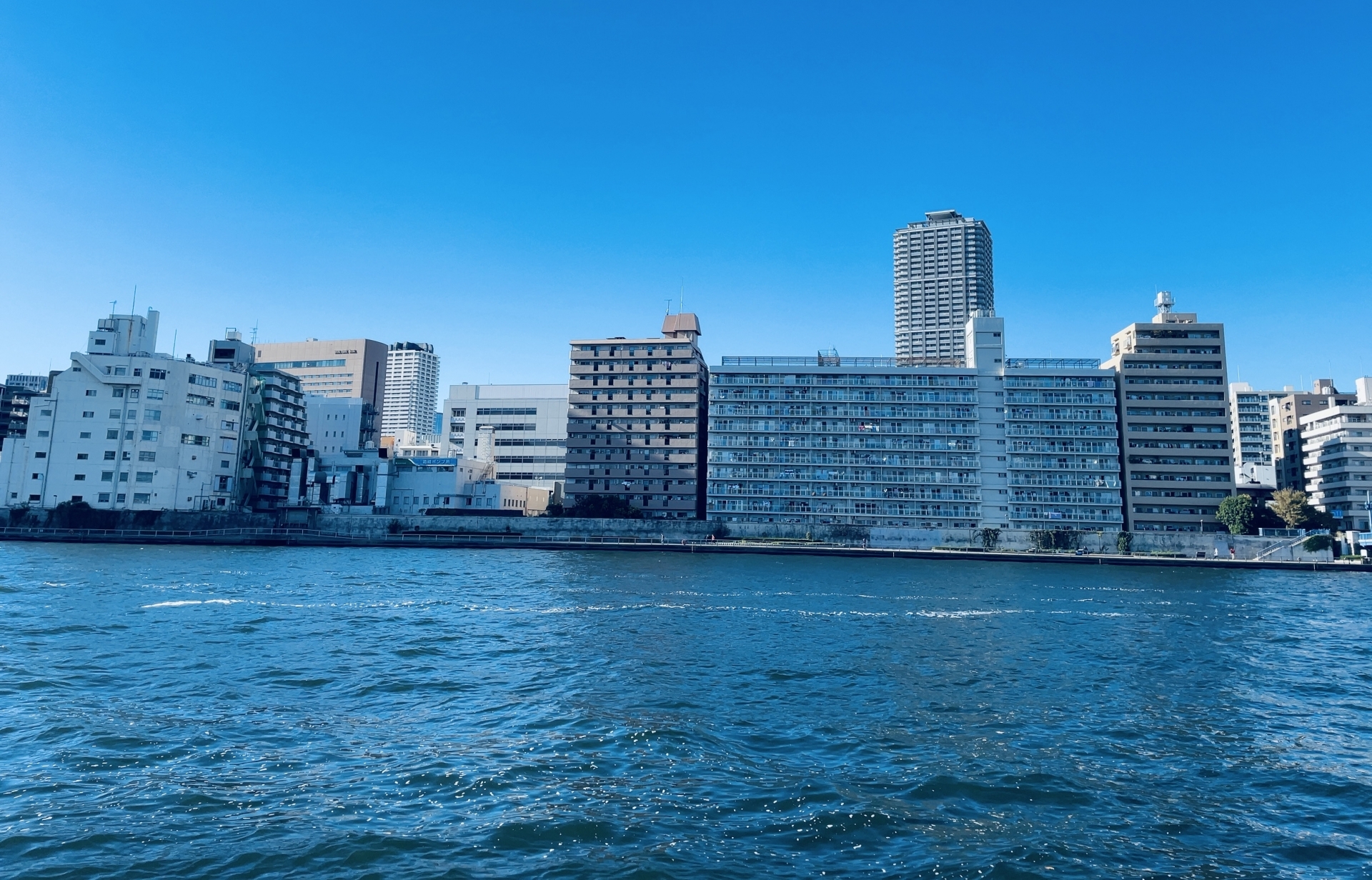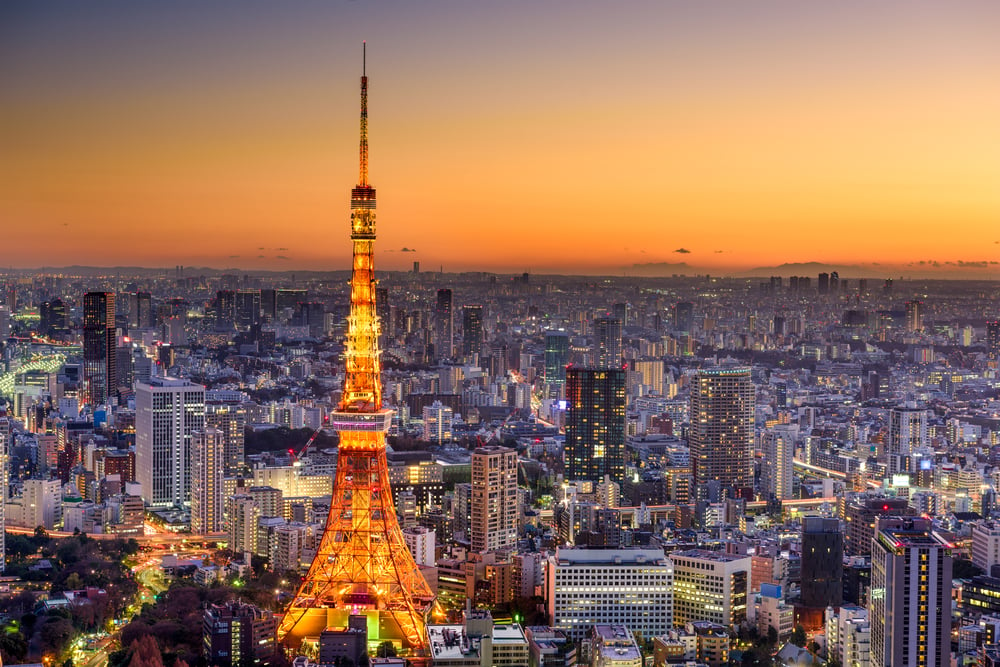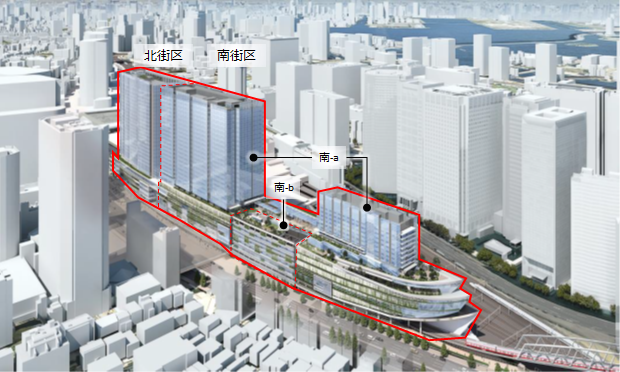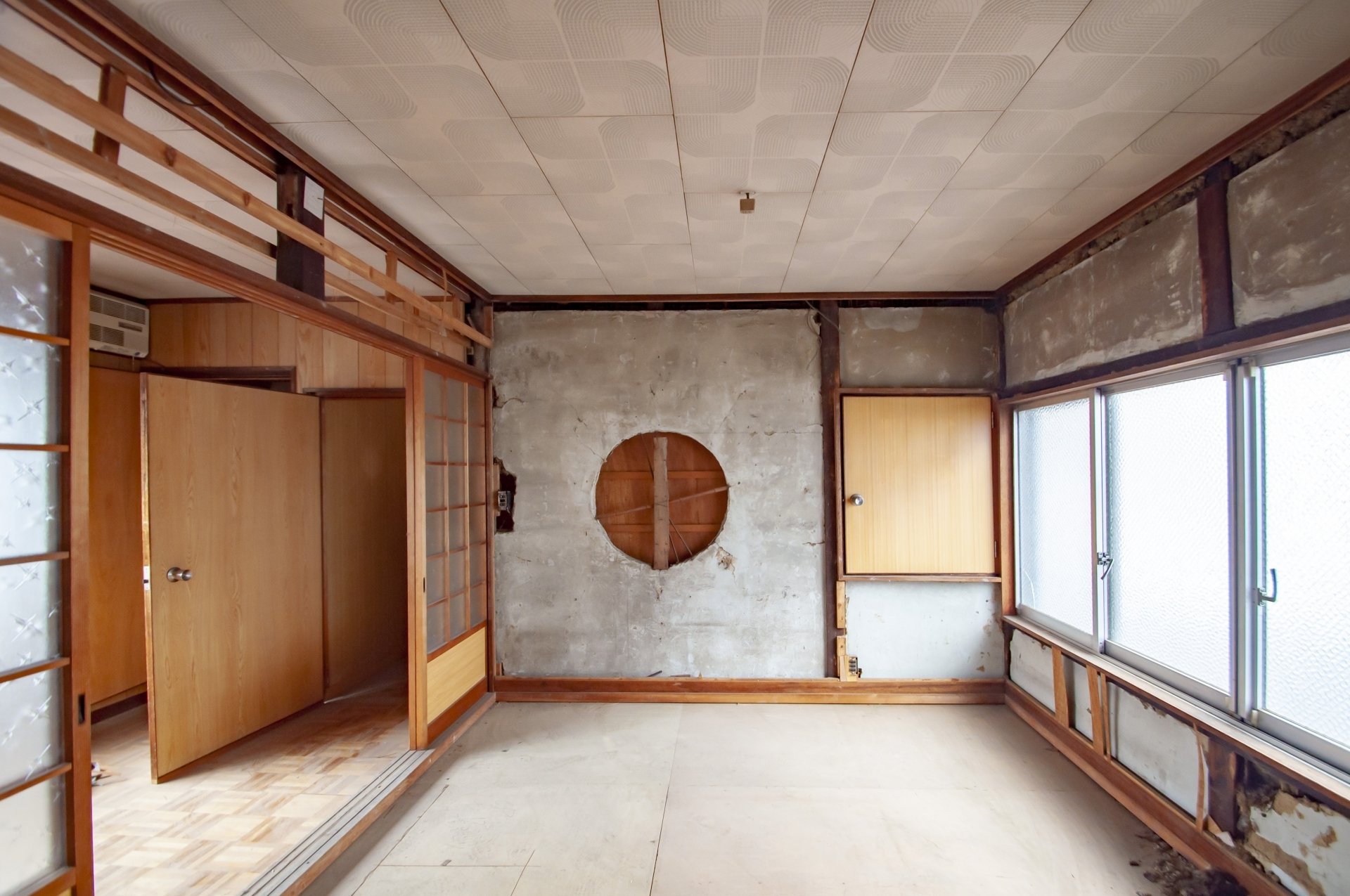In the northern part of Okinawa Island, spanning the villages of Nakijin and Nago, development is underway for a brand-new large-scale theme park called “JUNGLIA (Junglia)” on the former site of the Orion Arashiyama Golf Club. The site spans approximately 60 hectares, offering a vast expanse surrounded by the majestic forests of Yanbaru. The concept is “Power Vacance!! (Power Vacation).” The park aims to offer a one-of-a-kind resort experience that blends “authentic excitement” and “authentic luxury” within the subtropical ecosystem of Yanbaru's natural surroundings. The official opening date has been set for July 25, 2025, and the project is now in its final stages. The development is led by Katana Co., Ltd., a marketing company headed by Morioka Tsuyoshi, known for his role in the V-shaped recovery of Universal Studios Japan (USJ), in collaboration with local companies through a special-purpose company, Japan Entertainment Co., Ltd. The project is planned to involve approximately 70 billion yen in development investment, making it an unprecedented scale of endeavor in Okinawa.
JUNGLIA is themed around “nature and entertainment” and will feature more than 22 state-of-the-art attractions, 15 dining facilities utilizing Okinawan ingredients, 10 shops selling local souvenirs, and a luxury spa facility with an infinity bath. For example, guests can ride an armored vehicle through the jungle and be chased by realistic dinosaurs in the Safari Ride (Dinosaur Adventure), glide through the forest on a zip line, or ascend 200 meters into the sky in a hot-air balloon-style attraction. These experiences blend natural terrain with cutting-edge technology. The park will also host nighttime fireworks shows and water-based performances, allowing guests to enjoy excitement and relaxation day and night. Additionally, the park will feature a variety of restaurants offering everything from Okinawan traditional cuisine to gourmet dishes made with premium ingredients, as well as a panoramic infinity pool and spa, “SPA JUNGLIA,” offering stunning views of the tropical landscape. The management team, led by CEO Kenji Kato of Japan Entertainment, the operating company, stated, “This is a theme park meticulously designed to make Okinawa travel the best it can be,” and it is poised to become a new landmark for Okinawa.
Impact on Okinawa's Economy and Tourism Industry
“Junglia Okinawa” is expected to serve as a catalyst for Okinawa's tourism industry and the revitalization of the northern region's economy. The government has designated this project as part of its national regional revitalization strategy, and Prime Minister Shigeru Ishiba attended the press conference announcing the opening date in late January 2025, an unusual move for such an event. Prime Minister Ishihara stated that “the development of northern Okinawa is indispensable for the Japanese government” and expressed his intention to provide comprehensive support, including infrastructure development in the surrounding area. This demonstrates that the project is being prioritized at the national level as a key driver of regional economic revitalization, transcending the scope of a mere private theme park.
According to economic impact estimates, research findings suggest that the project could generate approximately 6.808 trillion yen in economic ripple effects over the first 15 years following its opening. This figure includes not only direct revenue from park operations but also a wide range of factors such as tourist accommodation, dining, transportation costs, income growth from job creation, and production-inducing effects. This underscores the significant impact the project is expected to have on Okinawa as a whole. In fact, Okinawa Prefecture's published land prices are projected to rise by an average of 7.2% across all land uses by 2025, ranking second in the nation after Tokyo. This trend is attributed to steady growth in tourism demand, as well as expectations for large-scale tourism development projects underway in the northern region.
In terms of the tourism industry, a significant increase in the number of inbound tourists and an increase in the average travel expenditure per tourist are expected. In particular, until now, most tourists have concentrated in the central and southern parts of the main island, with the northern region often referred to as a “drive-through tourism” area. According to data, as of 2024, only about one in four visitors from outside Okinawa Prefecture visited the eight municipalities in the northern part of the main island north of Onna Village. However, with the opening of Jungleia, a tourist route extending to the Motobu Town and Nakijin Village area, which houses the Okinawa Churaumi Aquarium, is expected to be established, and the landscape of northern Okinawa tourism is anticipated to undergo a significant transformation. In fact, the northern region will emerge as a new twin pillar of Okinawa tourism, alongside the Okinawa Churaumi Aquarium (with an annual visitor count of approximately 3 million) and the newly constructed theme park of similar scale. As a result, travelers who previously returned to Naha on the same day are now more likely to stay overnight in the northern region, leading to increased tourism spending within the area and a significant boost to the local economy.
Furthermore, Jungleia has targeted the “affluent class in East Asia” as its primary target market from the outset. The strategy is to appeal to affluent travelers from Taiwan, Hong Kong, and Singapore who visit Okinawa via direct flights, offering a unique combination of “untouched nature plus high-end entertainment.” In fact, reports indicate that approximately 70% of potential customers in Taiwan responded that they would like to visit, highlighting the growing attention from the Asian market. The influx of these affluent tourists is expected to contribute to raising the overall tourism spending per visitor in Okinawa Prefecture and generate ripple effects for related industries such as luxury hotels and villa rentals.
However, large-scale tourism development also comes with challenges. Concerns have been raised about the strain on transportation infrastructure and the risk of overtourism. Locals are worried about worsening traffic congestion on major roads, and the operating company has outlined measures such as the construction of new right-turn lanes on county roads, the development of large-scale parking lots, and shuttle bus operations. In fact, it is expected that immediately after opening, tourists arriving by private cars and rental cars will concentrate in the area, causing congestion on general roads north of the Shikata IC (the northern end of the expressway). In response, detailed measures such as adjusting the number of visitors through a reservation system, expanding public transportation, and implementing traffic diversion measures around the park are required. From an environmental perspective, it is essential to operate in a way that minimizes the impact on the rich ecosystem of Yanbaru. Fortunately, this development involves the reuse of an existing golf course site, and the plan does not involve new deforestation, with the number of trees actually increasing. By adopting an environmentally sustainable approach and engaging in ongoing dialogue with local residents, achieving mutual prosperity will be the key to long-term success.
Changes in real estate demand in the surrounding area due to the opening of Jungleia
The opening of Jungleia is expected to be a catalyst for significant changes in real estate demand in the northern area. Geographically, the theme park's location in Nakijin Village and Nago City, as well as the adjacent Motobu Town and Onna Village, which serves as the gateway to the northern area, will see widespread ripple effects on the real estate market. In the northern part of Okinawa Island, land prices have been on an upward trend driven by expectations for tourism development. In the 2024 standard land prices, residential areas in the Maeda district of Onna Village recorded a year-on-year increase of 29.0%, the highest in the country. Onna Village has long been a popular tourist area due to its natural attractions like Manza Beach and resort hotels, but in recent years, the trend of resort relocation has further boosted residential demand and pushed up prices. Several locations in Miyakojima City also ranked high in the same ranking, due to the rise in land prices caused by successive luxury resort developments on the island. In the northern part of the main island, real estate transactions have become active in recent years with the concrete plans for the opening of Jungleia, and land prices have risen significantly, especially in areas with high commercial potential. Experts analyze that “with large-scale projects such as hotels and theme parks planned for the northern region and Miyakojima, the upward trend is expected to continue.”
Onna Village and Nago City Area: The west coast stretching from Onna Village to Nago City is one of Okinawa's premier resort hotel clusters. This area is home to existing large-scale resorts (Halekulani Okinawa, Kanucha Bay, Marriott-affiliated properties, Hyatt Seragaki, etc.) and is well-positioned as a gateway to Junglia. In fact, Junglia has entered into “Official Hotels” partnership agreements with multiple existing hotels, aiming to attract guests to stay at resort hotels in the Onna-Nago area. As a result, the area is expected to see an increase in hotel occupancy rates and room rates, leading to heightened investment interest in hotel properties with improved profitability. Additionally, to meet the demand for a “live-like stay” experience different from that in Naha City, development plans for seaside condominiums and luxury villas may also progress. Enna Village already has strong demand for relocation from outside the prefecture, and residential development targeting northern workers and remote workers is also gaining momentum. Nago City, as the central city of the northern region, is expected to see increased demand for commercial facilities and residential areas, with particular growth in demand for staff housing and long-term stay service apartments in the city center.
Motobu Town and Nakijin Village Area: Nakijin Village, home to a park, and Motobu Town, home to an aquarium, have seen relatively limited development to date. However, if a new “Golden Route” centered on Jungleia and the Churaumi Aquarium is established, this area is likely to gain attention as a tourist destination. In Motobu Town, plans are underway to develop a tourist hub facility resembling a “roadside station” on town-owned land, featuring a local product market and restaurants. The basic design is scheduled to begin by the end of the 2024 fiscal year, with the aim of capitalizing on the “Junglia effect.” Specifically, a three-story facility with a total floor area of approximately 1,600 square meters, tentatively named “Motobu Oasis,” is planned to be constructed along National Route 449, with an annual visitor target of 390,000 people. The project is reported to receive subsidies from the Northern Region Revitalization Project, with a total budget of 1.2 billion yen. Such initiatives by local governments to develop tourism and commercial facilities may further stimulate private-sector development in the surrounding area. In the Motobu and Nakijin areas, there is an expected increase in the opening of new accommodation facilities such as small-scale hotels, pensions, and glamping facilities, leading to heightened demand for land acquisition. In particular, well-located properties with ocean views or proximity to parks are likely to attract investment as potential future commercial sites. Additionally, businesses leveraging local resources, such as cafes and homestays in renovated traditional houses, are thriving, potentially leading to a reevaluation of real estate utilization value.
Other Northern Regions: The ripple effects are likely to extend to the entire Yanbaru Area north of Nago City. For example, areas like Kunigami Village and Higashi Village, which have seen limited tourism development so far, may attract tourists visiting the Jungle Area who stop by on their way around. If collaboration with natural tourism activities within the Yanbaru National Park (such as trekking, kayaking, and stargazing) and the development of regional cultural experience programs progress, it may be possible to create travel products that extend the length of stay in the northern region. As a result, there may be demand for land in the northern mountainous areas as tourism hub sites in the medium to long term. However, in some areas such as the Henoko district of Nago City, which includes Henoko, land prices are not uniform due to factors such as the U.S. military base issue. Overall, land prices in the northern area are on an upward trend, but investment decisions should be made after carefully assessing the location conditions and regulatory status of individual projects.
Potential for land price increases and new demand due to resort development
There are many lessons to be learned from past examples regarding the relationship between resort development and real estate market conditions. In Hawaii, the Ko Olina area on the western side of Oahu Island was developed as a resort area following Waikiki, and with large-scale investments such as the entry of Disney hotels, real estate prices in the surrounding area rose, leading to the development of luxury condominiums and vacation homes. In Bali, the sharp rise in land prices in major tourist areas has led to active investment in undeveloped resort areas such as Lombok Island in recent years, which is being referred to as the “second Bali.” Within Bali, real estate prices in popular areas have continued to rise by around 7% annually, leading to social issues where local residents find it difficult to purchase land or housing in their hometowns. In fact, it has been reported that some plots of land in Denpasar City are valued at 1 billion yen per 100 square meters, illustrating the strong impact of tourism development on the real estate market.
Turning to Okinawa, Miyakojima has recently experienced a similar phenomenon. The successive entry of large-scale resort hotels has created jobs and attracted more migrants, resulting in a sharp rise in land prices in both residential and commercial areas. The published land prices in Miyakojima City showed a year-on-year increase of 17.9% in residential areas and 15.2% in commercial areas in 2024, ranking among the top in the country. This has raised concerns about rising living costs and housing shortages for local residents. Similarly, in the northern part of the main island, the opening of Jungleia is expected to trigger increased land demand, leading to accelerated land price increases and activation of real estate transactions. However, an overheated market could attract speculative activity, making it crucial to maintain a balance between healthy development and market stability. The government will closely monitor land price trends in the region and consider adjusting land use regulations or tax policies as necessary. To ensure that both local residents and investors benefit from resort development and achieve sustainable growth, appropriate urban planning and the return of community benefits are essential.
Meanwhile, new real estate demand is also worth watching. First, there is an increase in demand for hotel and accommodation facilities. There will likely be an increase in inquiries about rebranding and renovating existing hotels, as well as building new boutique hotels. In particular, the Nakijin and Motobu areas have little large-scale accommodation facilities, leaving room for development. There may also be demand for vacation homes and villas. Wealthy travelers who have discovered the charm of the jungle may seek to purchase second homes in northern Okinawa in the future. In fact, in recent years, there has been a trend of purchasing condominiums for investment and short-term rental, as well as an increase in affluent individuals seeking long-term stays as remote work bases. If the area can be branded as a destination that combines the rich natural environment of Yanbaru with recreational facilities, this could enhance the added value of real estate. Furthermore, this trend will extend to commercial real estate. Around theme parks and along access roads, commercial development targeting tourists, such as restaurants, retail stores, and leisure facilities, is expected. This will increase demand for retail and service industry tenants, making investments in roadside land and vacant properties more attractive. For example, the planned “Michi-no-Eki” in Motobu Town could become a commercial hub in the future, potentially triggering store expansion and land transactions in the surrounding area.
Key points and risk factors from an investor's perspective
● Key areas (regional outlook)
- Onna Village and Nago City: The Onna-Nago area, which is concentrated with resort hotels, remains an attractive investment location. Following the opening of Jungleia, accommodation demand is expected to increase, leading to improved hotel revenues. As a result, acquisitions and renovations of existing resorts, as well as new accommodation facility development projects, are attracting attention. In particular, Nago City serves as a northern commercial hub and may see heightened tenant demand as a base for theme park-related businesses. While land prices have already begun to rise, investors seeking long-term growth potential are likely to increase their asset holdings.
- Motobu Town and Nakijin Village: The Motobu and Nakijin areas surrounding the park are emerging as a frontier region poised to enter a phase of comprehensive development. There is a high possibility that land acquisition for large-scale commercial facilities and hotels will begin in earnest, and securing large tracts of land or locations with high convenience could present opportunities for significant capital gains. However, it is important to note that liquidity is not as high as in the central and southern regions. Development concepts that prioritize local integration and collaboration with local governments will be key to success.
- Surrounding islands and other northern areas: The entire Yanbaru region and surrounding islands (such as Kouri Island) may also benefit indirectly. As tourist routes expand, demand for real estate in previously overlooked areas may also increase. For example, on Kouri Island, the number of tourists has already increased, leading to the opening of guesthouses and cafes, and commercial land prices near the bridge are on the rise. A keen eye for identifying such spots and securing promising properties will be essential.
● Key Property Types and Sectors
- Resort Hotels and Accommodation Facilities: The most promising sector. In response to large-scale developments, the attraction of international brand hotels and new opening plans are expected, leading to an increase in development sites and existing hotel sales. With potential increases in room rates, investment returns may also improve. There is also potential for the entry of ultra-luxury brands such as Conrad and Four Seasons, and depending on land grading, prices could surge suddenly.
- Vacation Homes and Luxury Condominiums: There are also business opportunities in the development of vacation homes and condominiums targeting the affluent market. While villa sales have been limited on Okinawa Island so far, demand may emerge with the branding of the northern region. In particular, villas and condominiums for long-term vacation stays could be marketed to foreign affluent individuals. If a real estate ownership model combining tourism and investment, similar to Hawaii, becomes viable, a new market could be developed.
- Commercial facilities and restaurants: The commercial sector, which attracts tourist spending, also holds promise. Demand for theme park-related goods shops and restaurants is expected to increase, potentially driving up land prices in roadside commercial areas. In particular, restaurants, cafes, and souvenir shops that utilize local ingredients are directly linked to increased tourist spending, making commercial zone development a worthwhile investment. For retail developers, plans for outlet malls in the northern area may also be worth considering in the future.
- Housing and employee dormitories: The increase in tourism workers and migrants will also affect the housing market. Demand for company housing for theme park staff and service industry employees, as well as general housing demand due to U-turn and I-turn migration, will rise, leading to higher occupancy rates for rental housing and opportunities for residential land sales. It is desirable to maintain a balanced supply of housing that supports the local community rather than overemphasizing resort development, and there is room for administrative support and public-private collaboration in this area.
● Risk factors and points to note
When investing in large-scale resort development, it is important to pay close attention to the following risk factors.
- Uncertainty of demand forecasts: There is always a risk that theme park attendance will fall short of projections. Weather conditions, global pandemics, and changes in the international situation (such as a sharp decline in the number of visitors to Japan) are difficult to predict and can significantly impact investment returns. In the past, there have been cases where local theme parks have gone bankrupt due to poor attendance (e.g., the early days of Nagasaki Huis Ten Bosch). While Jungleia is being meticulously planned with a marketing-driven approach, excessive optimism should be avoided. While preliminary simulations appear to anticipate daily attendance of several thousand people with entry restrictions in place, the period required to achieve full operational capacity remains uncertain.
- Overtourism and environmental regulation risks: As mentioned above, excessive tourism in local communities may provoke opposition. If traffic congestion, noise, and garbage problems become serious, unexpected restrictions such as development regulations or entry restrictions may be imposed by the government. There is also a risk that new development will face higher regulatory hurdles from an environmental conservation perspective. Investors should consider ESG (environmental, social, and governance) factors and prioritize coordination with local communities and environmentally conscious business practices.
- Rising material costs and interest rates: Recent increases in construction material prices and labor costs are driving up development costs. In fact, it has been reported that material costs in Junglia have risen by 30% more than anticipated, creating uncertainty in the investment plan. Additionally, interest rate hikes resulting from changes in the Bank of Japan's monetary policy could increase financing costs for real estate investments and impact asset values. For leveraged investments, preparedness for interest rate risks is essential. A solid capital plan and exit strategy must be established in advance.
- Changes in the competitive environment: In Okinawa, new resort projects and large-scale facility renovations are underway in other regions as well. If similar concepts emerge as competitors, competition for visitors could intensify, potentially leading to lower-than-expected revenues. For example, it cannot be ruled out that large-scale theme parks could be developed on Ishigaki Island or Miyakojima in the future. Additionally, if theme park expansion plans (such as a new area at Universal Studios Japan) are announced in other regions within Japan, there is a risk that attention could be diverted away from Okinawa. Investors should closely monitor market trends and maintain a flexible portfolio adjustment framework.
- Social and Policy Risks: Unique factors specific to Okinawa include the U.S. military base issue and its interplay with Japan's defense policies. While northern development policies have had a compensatory aspect related to the acceptance of military bases, there is a possibility that government support could change due to a change in administration or policy shifts. Additionally, fluctuations in exchange rates could impact the trends of inbound tourism from foreign visitors. It is important to consider global economic and political trends while making investment decisions from a medium- to long-term perspective.
As mentioned above, it is necessary to understand both the opportunities and risks and identify the appropriate timing and properties. Fortunately, Janguria is a project supported by both the public and private sectors, and preparations for its opening are progressing steadily. For real estate investors, by taking advantage of this favorable situation while maintaining a cool-headed approach to risk management, it is possible to achieve significant results in the northern Okinawa area.
Impact of past large-scale development projects in Okinawa
Past large-scale tourism development projects in Okinawa Prefecture also provide valuable insights. In 1975, the Okinawa International Ocean Expo (held in Motobu Town) was held, and the site was later redeveloped into the “Ocean Expo Memorial Park.” In 2002, the Churaumi Aquarium, one of the world's leading aquariums, opened there. The opening of the aquarium led to a significant increase in tourists visiting the Motobu Peninsula, prompting the establishment of hotels (e.g., Orion Motobu Resort & Spa) and commercial facilities in the previously quiet surrounding areas. In other words, the establishment of large-scale tourist attractions has boosted the overall real estate value of the area, creating a virtuous cycle that attracts further investment. Similarly, the upcoming Jungleia is expected to complement the Churaumi Aquarium as a twin pillar of northern Okinawa tourism, forming a composite tourist zone that combines “theme park + aquarium + α (natural and cultural experiences).”
Additionally, the American Village in the central part of Okinawa Island (Mihama, Chatan Town) is a resort commercial area developed in the late 1990s by repurposing idle land. It features a complex facility with a movie theater, outlet mall, and Ferris wheel, which has been a hit and boosted land prices in the surrounding area. Today, the area is surrounded by high-rise apartments and hotels, making it a major revenue source for Chatan Town. While its origins as a former U.S. military base provided a unique factor, it stands as a successful example of entertainment-driven development. While direct comparisons are difficult due to its larger scale as a natural theme park, both share the commonality of using entertainment to brand the region and activate the real estate market.
Looking overseas, examples include Singapore's Sentosa Island development (construction of Universal Studios and an integrated resort) and China's Hainan Island luxury resort development, where tourism development has significantly boosted the local real estate market. Following the opening of an integrated resort including a theme park and casino on Sentosa Island, property prices on the island surged, accelerating the supply of luxury residential properties. While Okinawa does not have casinos, the combination of natural resources and theme parks is unique on a global scale and has the potential to attract international investment if successful.
These examples demonstrate that while large-scale development can elevate the “status” of a tourist destination and lead to long-term increases in real estate value, it is also essential to maintain harmony with the local community and remain vigilant against bubble-like overheating. Okinawa is a tourism-dependent prefecture, but it is also home to its residents. To avoid issues such as those seen in Hawaii or Bali, where local residents struggle to afford housing due to rising land prices, it is important to build a model that shares benefits with the community while fostering development. Specifically, collaboration between public and private sectors is essential to ensure that employment creation and infrastructure improvements bring benefits to the region.
In conclusion
“JUNGLIA Okinawa” is a grand project with the potential to transform the economic and real estate landscape of northern Okinawa. We have overviewed its official details, regional impacts, investment opportunities, and risks. Overall, this project is challenging yet has sufficient tailwinds. With government support, the top-tier production capabilities of Mr. Morioka and his team, and Okinawa's global appeal, the northern area is likely to see accelerated development in the years following the project's launch. For real estate investors, this transformative period presents a unique opportunity to achieve significant returns by participating effectively.
However, as mentioned above, it is essential to carefully assess the risks and returns when making investment decisions. Especially in the early stages, unforeseen events may occur. Nevertheless, from a long-term perspective, Okinawa's tourism demand is robust, and even if there are fluctuations due to economic cycles, it has the potential to return to a growth trajectory. Jungle Ria, which plays a key role in northern Okinawa's revitalization efforts, has the potential to become a successful model akin to “Okinawa's Sentosa” if managed appropriately, bringing abundant benefits to the real estate market. Investors are encouraged to approach this project with a perspective that contributes to Okinawa's future while fostering a mutually beneficial relationship with the local community.
Finally, the success of this project hinges on coexistence and mutual prosperity with the local community. Achieving sustainable development with the understanding and cooperation of local residents will ultimately enhance investment safety and lead to long-term benefits. As real estate investors, we look forward to supporting the northern area's transformation into a new tourist destination while preserving and nurturing Okinawa's beautiful nature and culture.

Daisuke Inazawa
Representative Director of INA&Associates Inc. Based in Osaka, Tokyo, and Kanagawa, he is engaged in real estate sales, leasing, and management. He provides services based on his extensive experience in the real estate industry. Based on the philosophy that “human resources are a company's most important asset,” he places great importance on human resource development. He continues to take on the challenge of creating sustainable corporate value.

.png)



